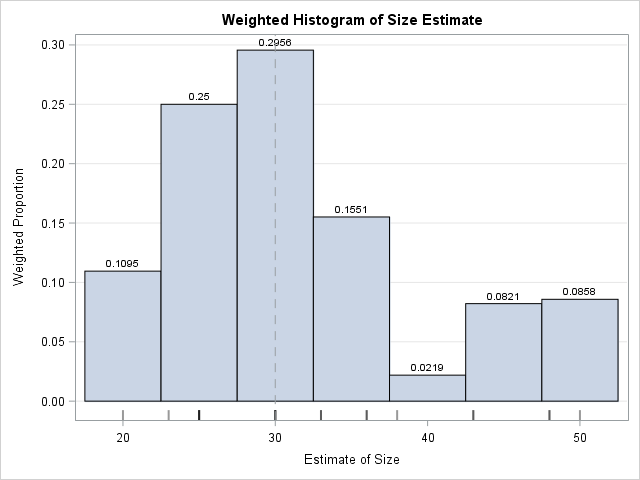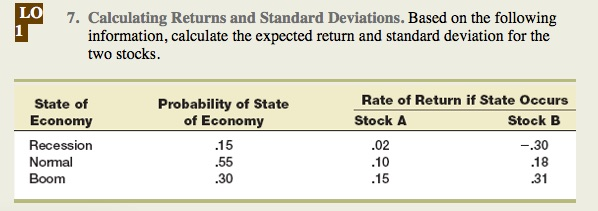
Finally, we will also calculate the harmonic, the geometric, and the trimmed mean.

After that, we continue with the most common ways to report the central tendency (i.e., the mean, the median). In this summary statistics in R tutorial, we will start by calculating descriptive statistics and some variance measures. Finally, we only installed the packages that were not installed already! Second, we created a new vector carrying out value matching (with the %in% operator in R). In the code chunk above, we first created the vector with the packages we want to install. If(length(new.packages)) install.packages(new.packages) Code language: R ( r ) List.of.packages <- c( "tidyverse", "psych", "knitr", "kableExtra")

If they’re not installed the following commands will install them. Installing the R-packagesĪs mentioned in the previous section, we are, in this descriptive statistics with R post, going to work with some r-packages. Tidyverse comes with a bunch of handy packages that you can use to, for example, add an empty column to the dataframe. In this post, we will mainly work with the base R functions, and the psych and Tidyverse packages. There are, of course, plenty of useful r-packages for data manipulation and summary statistics. It is, furthermore, a very good way to summarize and communicate information about the data we have collected. Conclusion: Descriptive Statistics in RĬarrying out descriptive statistics, also known as summary statistics, is a very good starting point for most statistical analyses.Saving Descriptive Statistics in R to a CSV File.LaTeX Table with Descriptive Statistics.Descriptive Statistics: Measures of Variability in R.



 0 kommentar(er)
0 kommentar(er)
